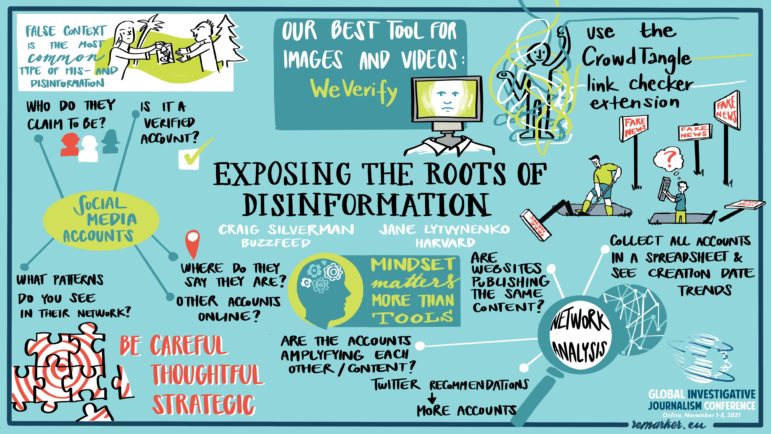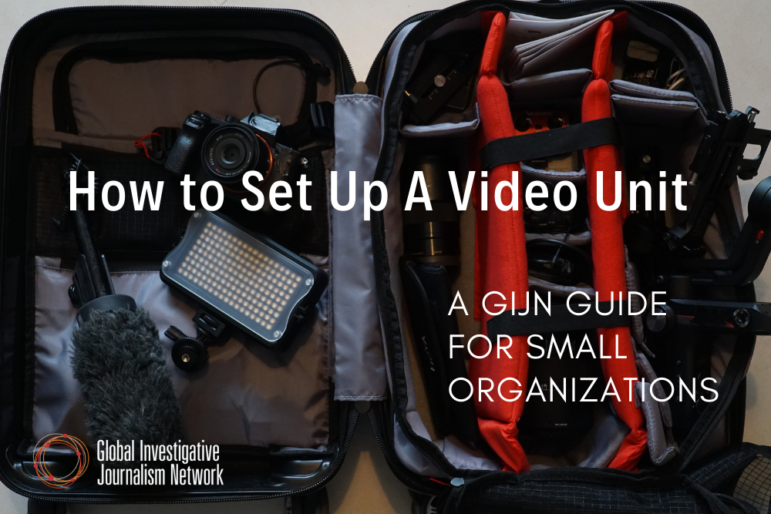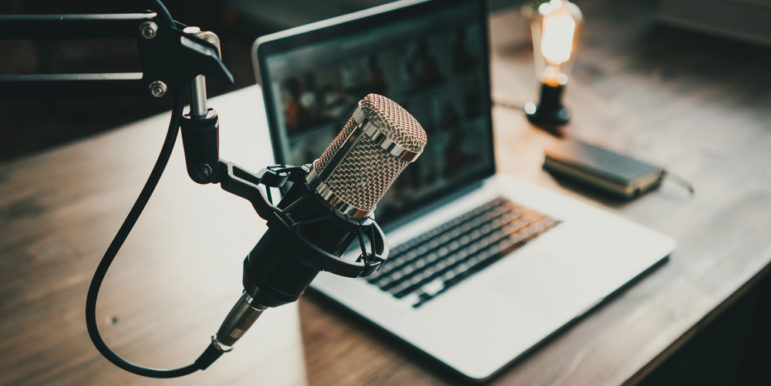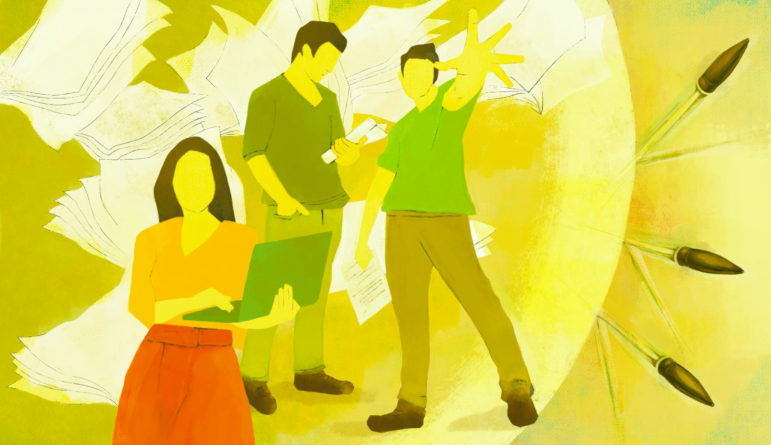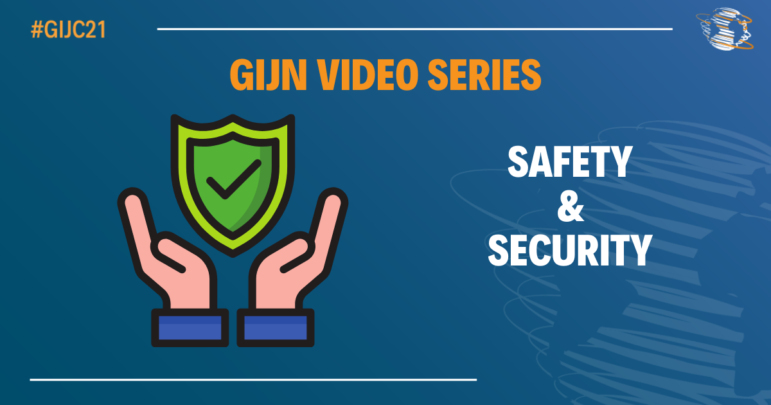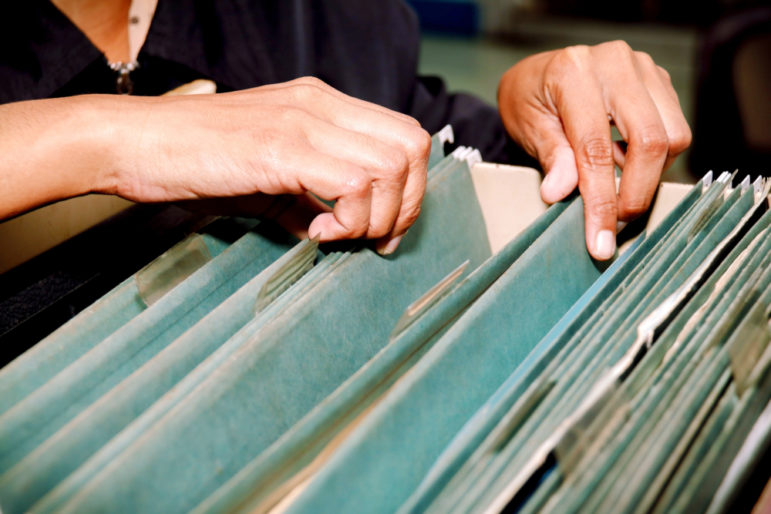

Изображение: Shutterstock
7 Best Practices for More Impactful Investigative Reporting
Read this article in
The Watergate scandal story that forced Richard Nixon, the 37th president of the United States, to resign remains one of the most remarkable pieces of investigative journalism. More than four decades later, it is still being talked about as a paragon of intrepid, accountability reporting. But getting that bombshell story out to the public depended on Washington Post reporters Bob Woodward and Carl Bernstein being fully committed to uncovering the truth, and spending more than a year doggedly cultivating sources and utilizing all of their reporting skills.
At the 12th Global Investigative Journalism Conference (#GIJC21), investigative journalists whose stories are changing their societies across the Asia/Pacific region shared tips on how to tell compelling stories with impact.
1. Get Creative to Gain Access
When Shah Meer Baloch, the Guardian’s Pakistan correspondent, was investigating bonded labor in the coal mines of Balochistan, he took a calculated risk to go undercover. While using deception in reporting can be dangerous and involves legal and ethical risks, some stories can only be uncovered this way. To get access to the mines, Baloch told a local inspector he was a student carrying out research that required him to talk to the miners. The inspector initially refused him entry, explaining that people were collecting money in the mines. “I told him not to worry about me and he allowed me in, believing that I would not implicate him,” Baloch said. That was how he broke his story revealing widespread human rights abuses and the brutal working and living conditions inside the coal mines.
2. Be Patient
The Pandora Papers leak required two years of studying and sorting files, tracking down sources for interviews, and analyzing public records before the reporters were finally ready to publish. So, it’s imperative that investigative journalists understand how much time they need to properly tell their story. Sue Stephenson, journalism program lead at Macleay College in Sydney, Australia, said that accepting this reality will help reporters deliver a better story at the end of the day. “You are able to conduct the necessary research and speak to everyone relevant to your story,” she said.
3. Create Timelines to Stay on Track
Nanami Nakagawa, reporter at Tokyo Investigative Newsroom Tansa, said journalists should establish timelines, track their progress, and document each step to ensure that they don’t miss anything in their stories. “With timelines, even when there are gaps, it becomes easy to feel them,” she said. A timeline will also help you explain what happened in chronological order, which is often the best way to tell a complex investigative story.
4. Build Connections High and Low
To deliver a great investigative story, you need to learn to build connections and networks with high-profile organizations and personalities from corporations to labor unions to politicians. But it’s also critical to foster relationships with gatekeepers like doormen, clerks, or secretaries working in government offices — people who others sometimes overlook or dismiss. Often, these kinds of sources have unexpectedly good access to critical information that can accelerate a story. Baloch also recommended working with fixers, especially when working journalists don’t speak the native language or are in unfamiliar locales. “They know where to take you for your story and how to escape when you are being tracked,” he said.
5. Embrace Shoe-Leather Reporting
Although open source reporting has always played a seminal role in investigative journalism, old-fashioned shoe-leather reporting shouldn’t be discounted for its ability to break a big story. Hunting down sources, collecting paper documents, confirming facts in person: all of these tactics can be a reporter’s best friend — and uncover information that is often just waiting to be found. Baloch added that being on the ground and physically connected to the layers of who, what, and where can give a journalist a grasp of the facts that can be replicated digitally.
6. Build Trust with Sources, Not Friendships
Be upfront with your sources. Don’t overpromise results or downplay potential risks. But candor doesn’t necessarily mean full disclosure, noted Donna Page, an investigative journalist at Australia’s Newcastle Herald, who said it’s good tradecraft to compartmentalize information and withhold key details from sources, especially when dealing with sensitive whistleblower or leak stories. Kevin Nguyen, digital director at Media Diversity and an investigative reporter for Australia’s ABC News, added that it’s important to maintain a strictly professional relationship. “You are not friends with your sources even though you are doing the story to help them,” he said. “They might not be entirely happy with you.”
7. Report Facts, But also Tell a Story
Some of the greatest investigative reports end up having little or no long-term impact because the reporters fail to weave the facts into a narrative that will attract an audience and keep them engaged. That your story is about a complex subject matter is no excuse to avoid telling a story. So, use facts and cite evidence, but also feel empowered to use dramatic structure and personalize the impact. Draw readers in, make them care, and consider whether each sentence propels them forward in your story.

